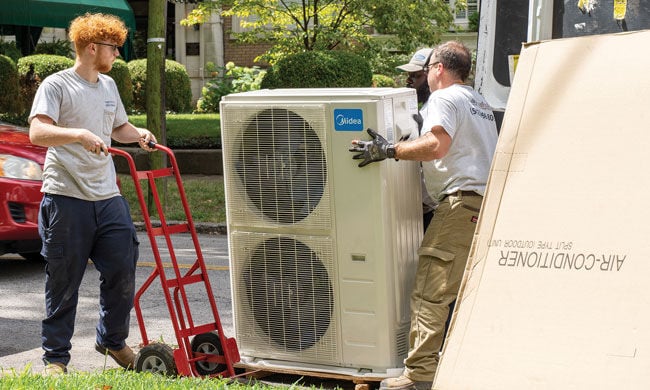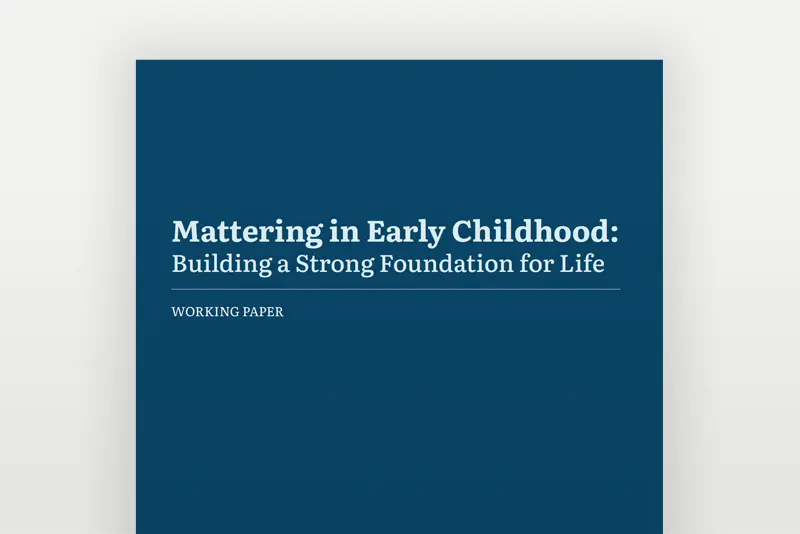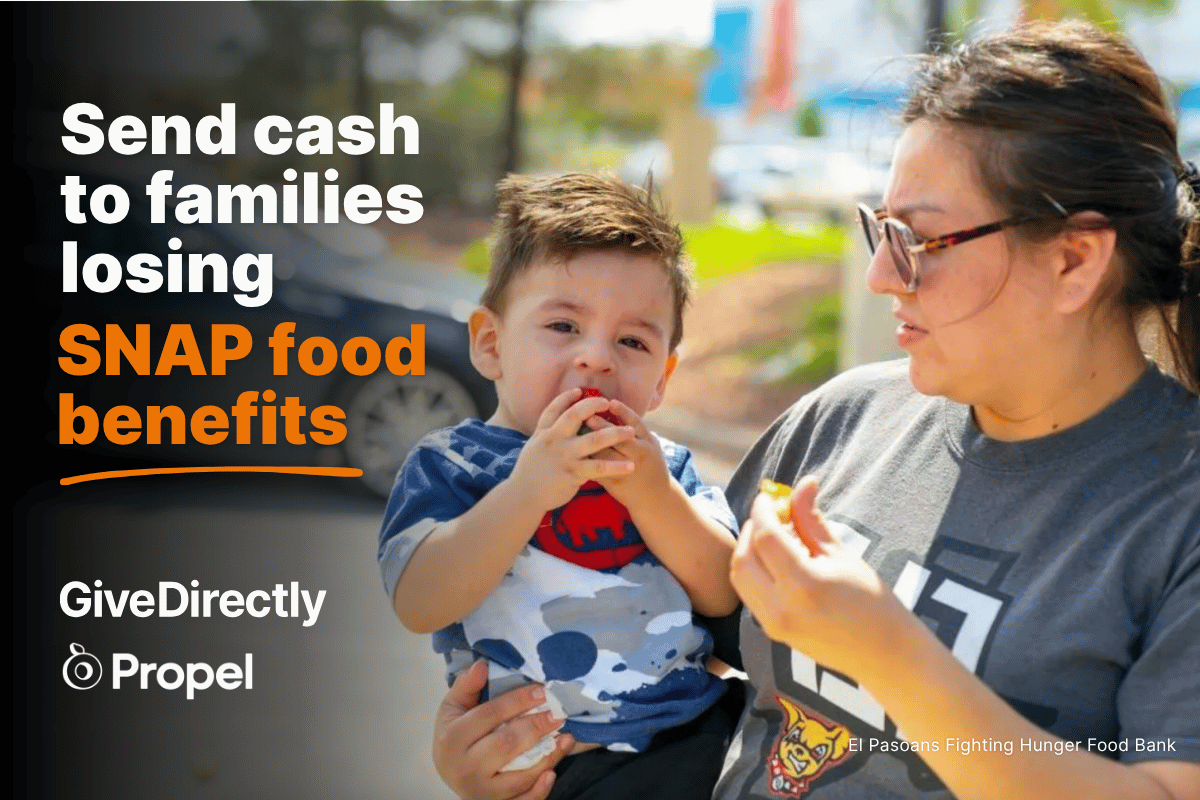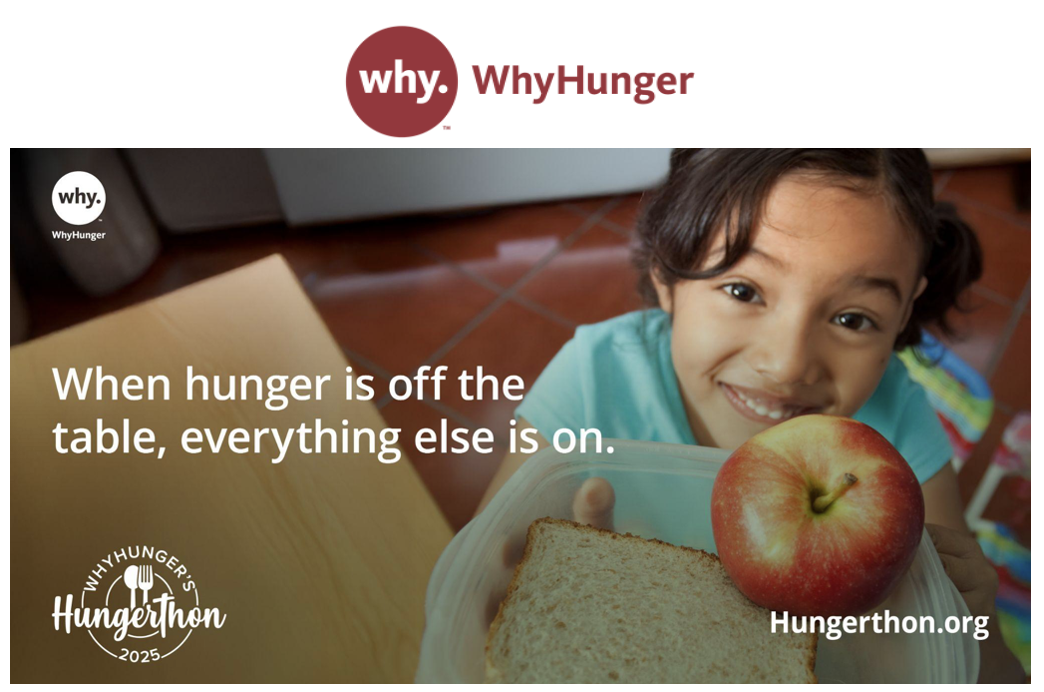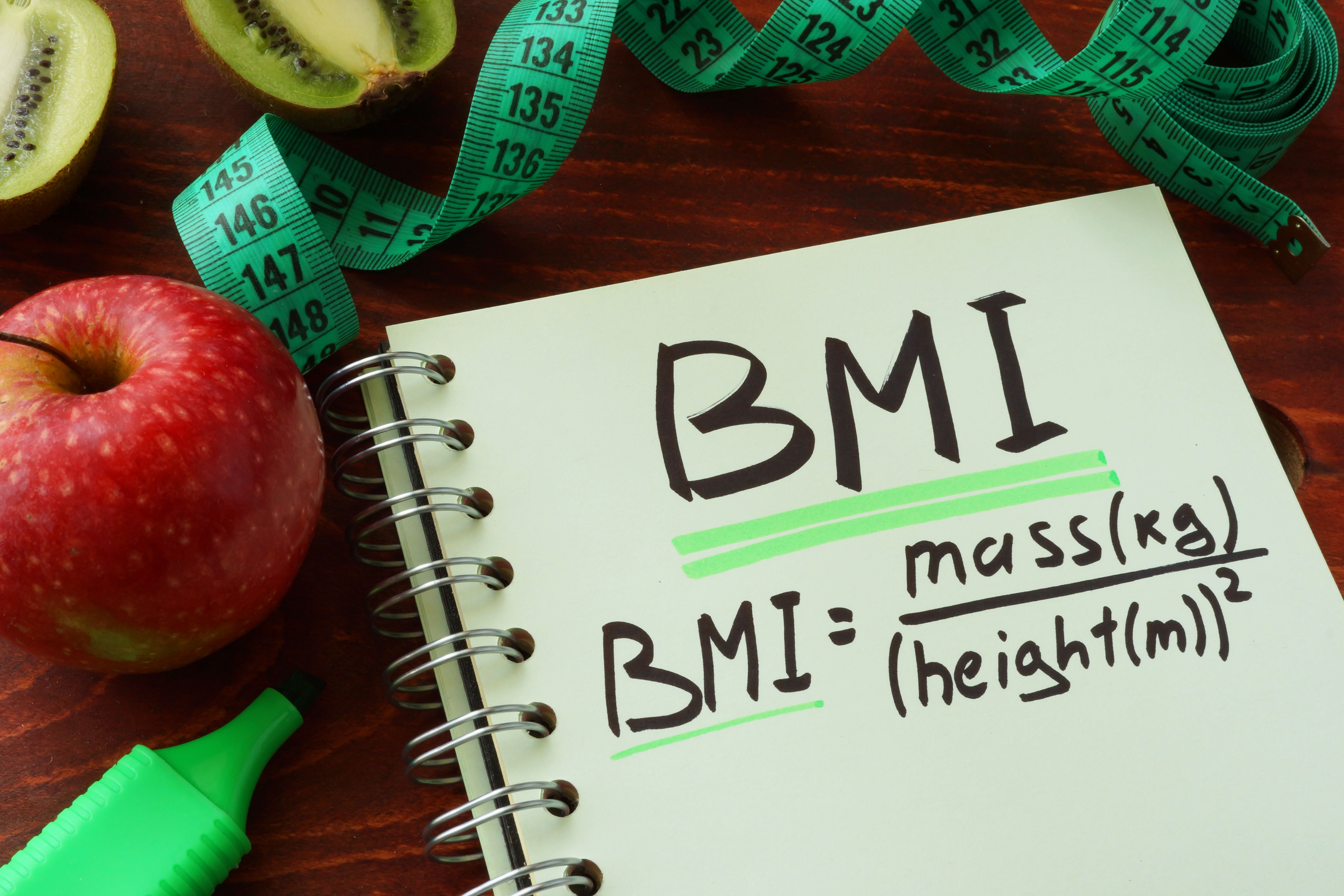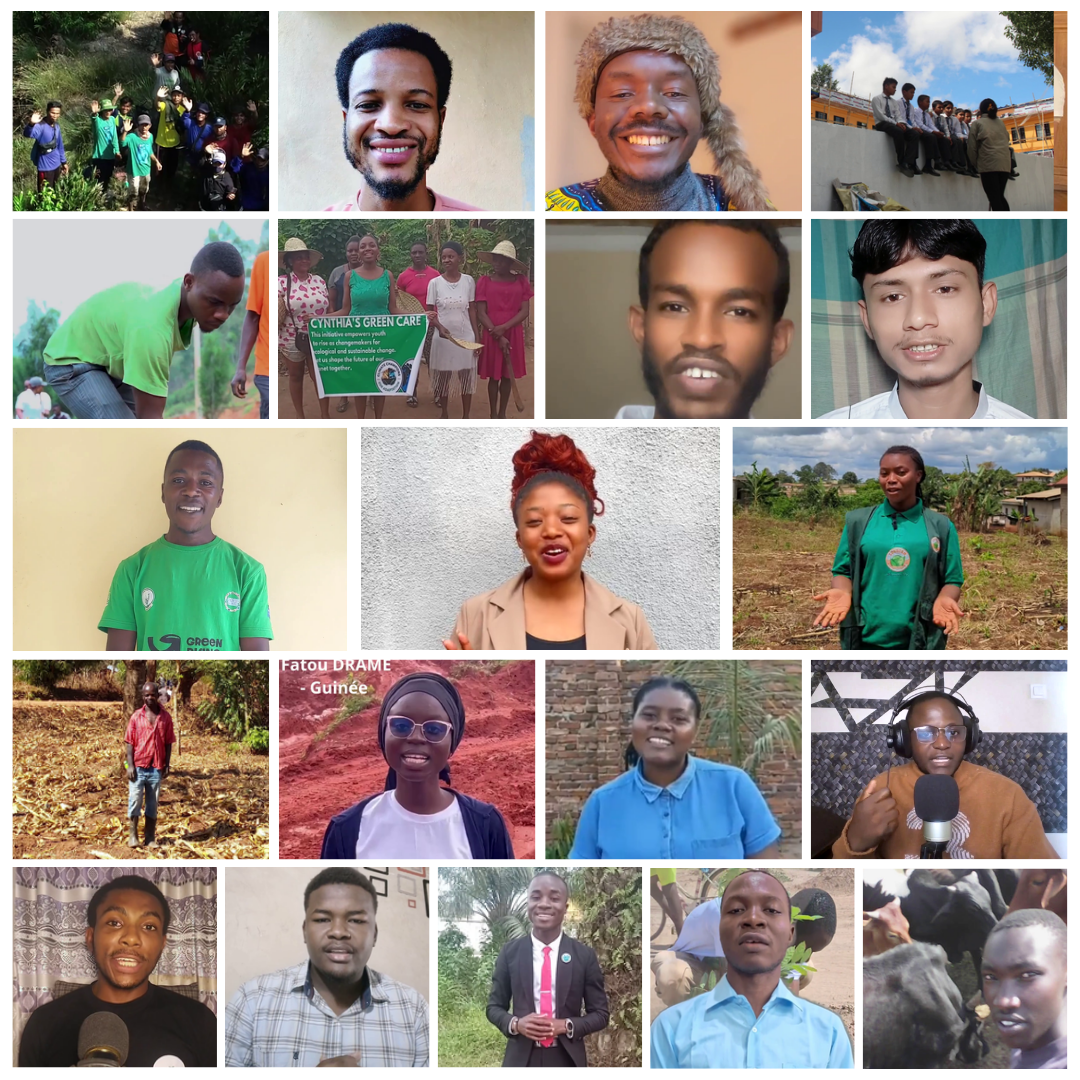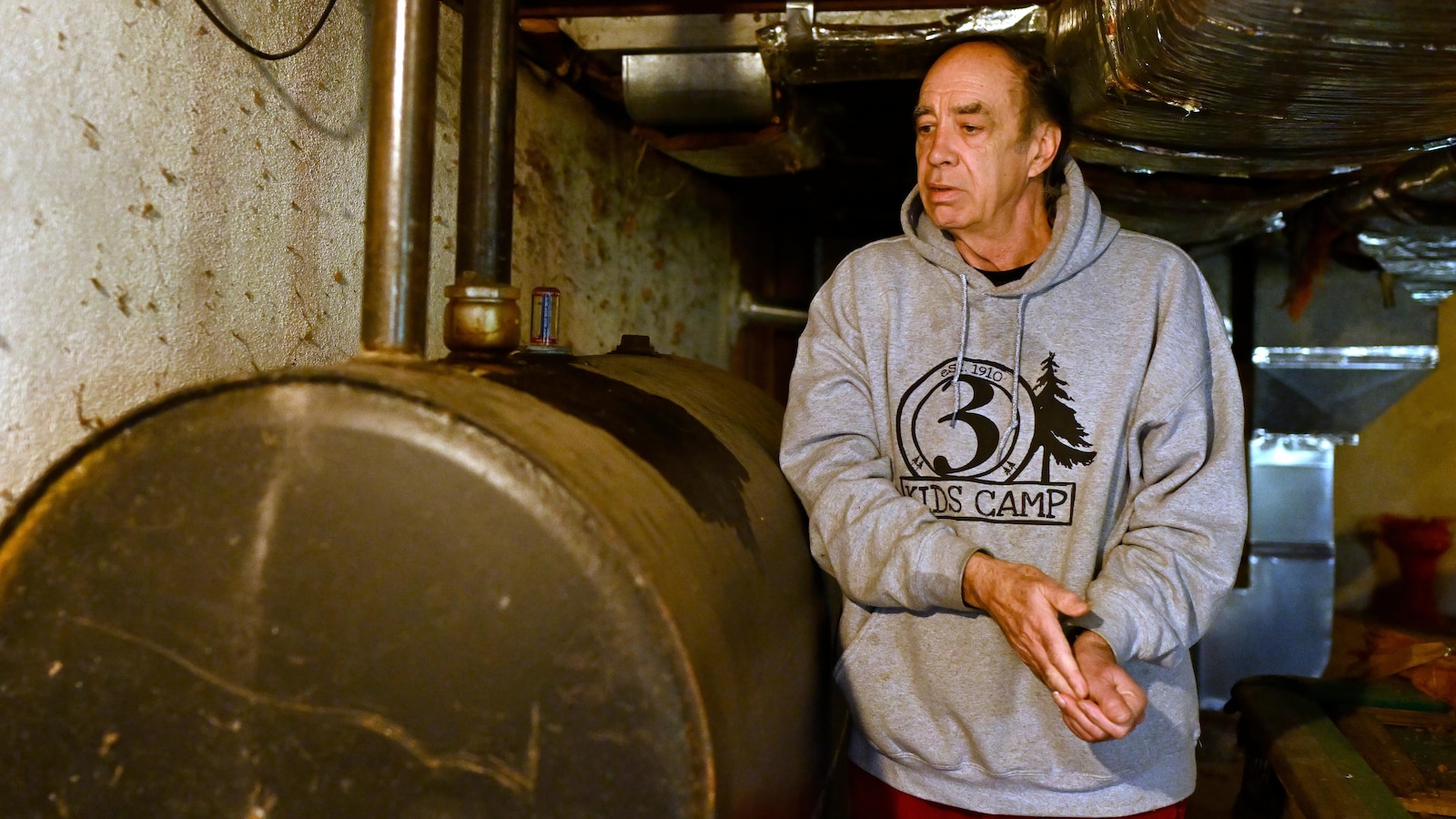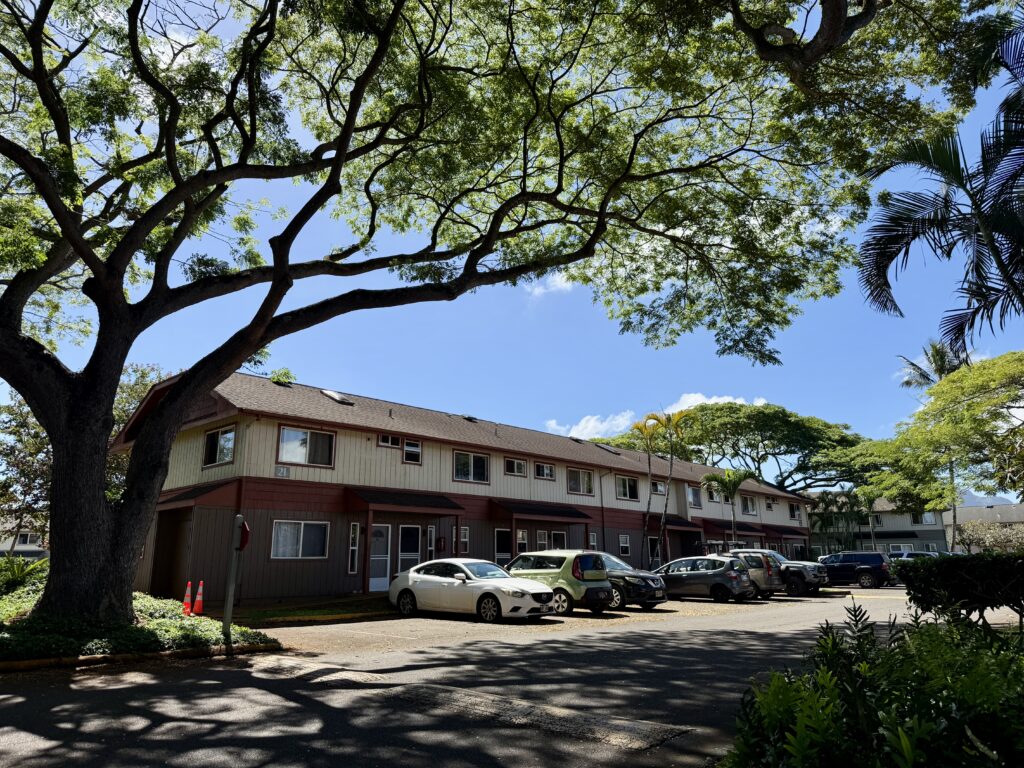What Michigan needs to do to get out from federal supervision of child welfare system – The Detroit News

Report on Michigan’s Child Welfare System and Sustainable Development Goals (SDGs) Alignment
Overview of Federal Oversight and Child Welfare Challenges
Since 2008, Michigan’s child welfare system has been under federal oversight following a class-action lawsuit addressing mistreatment of children in state care. Despite multiple efforts to end this oversight, established after a 2006 lawsuit by the advocacy group Children’s Rights, the state continues to fall short of its objectives.
In January 2025, U.S. District Judge Nancy Edmunds acknowledged “significant progress” in Michigan’s child welfare reforms but emphasized ongoing work is necessary before court monitoring can be terminated. The focus remains on improving child safety to meet federal requirements within the next one to two years.
Federal Monitoring and Compliance Status
The state has undergone several exit plans but remains federally supervised after more than 16 years. The latest review (January 2025) indicated Michigan met or exceeded performance standards in only 5 of 26 monitored areas. Court monitors conduct biannual assessments and issue reports, with the consent decree ending only after consistent compliance over two reporting periods.
Key Goals and Performance Metrics
The state’s child welfare reform goals align with several Sustainable Development Goals (SDGs), particularly SDG 3 (Good Health and Well-being), SDG 10 (Reduced Inequalities), and SDG 16 (Peace, Justice, and Strong Institutions). The main objectives include:
- Reducing Abuse and Neglect in Foster Care
- Target victimization rate: less than 9.07 per 100,000 days in foster care.
- 2023 actual rate: 14.5 victimizations per 100,000 days.
- 31% of abuse/neglect investigations in 2023 were deficient.
- Increasing Licensing of Foster Homes
- Goal: 902 new non-relative foster homes in fiscal year 2023.
- Actual: 759 new homes licensed; 1,141 homes closed.
- Efforts to maintain sufficient foster home availability ongoing.
- Enhancing Parent-Child Reunification Visits
- Goal: 85% of reunification cases with at least two visits per month.
- Actual: 67% compliance in recent monitoring period.
- Preserving Sibling Placement
- Siblings should remain together unless harmful or impractical.
- Limiting Use of Emergency or Temporary Facilities
- Children should not be placed more than once per year or longer than 30 days.
- State has consistently failed to meet this goal.
Placement Options for Children in Foster Care
- Relatives
- Foster care families
- Institutions or shelters
- Independent living programs
- Pre-adoptive homes
Findings from Audits, Investigations, and Court Monitoring
Judicial and Monitor Assessments
In 2022, Judge Edmunds described the state’s progress as “really depressing” and noted regression based on court monitors’ assessments. The report was characterized as “just devastating,” highlighting significant shortcomings in child welfare outcomes.
Investigative Reports and Public Concerns
A 2023 Detroit News investigation revealed ongoing frustrations among families regarding the Michigan Department of Health and Human Services (MDHHS) and its failure to adequately protect children. Over the past decade, 371 children died from abuse or neglect, with many cases involving prior investigations within two years.
Legislative Actions and Oversight Requests
- Senator Jim Runestad requested a state audit of Child Protective Services (CPS) in July 2023 amid growing concerns.
- Proposed legislation to expand access to CPS records for legislators and media did not advance.
Recent Federal Oversight Adjustments
In January 2024, Judge Edmunds reduced the number of monitored provisions from 74 to 23, eliminating 31 provisions to streamline oversight.
Audit Findings in 2024 and 2025
- July 2024 audit found CPS still inadequate in protecting children, including failure to conduct timely face-to-face assessments of suspected abuse victims.
- April 2025 audit revealed the Office of Family Advocate failed to screen approximately 150 child deaths over 18 months for safety reviews, impeding improvements in child welfare safety protocols.
Alignment with Sustainable Development Goals (SDGs)
The ongoing efforts and challenges in Michigan’s child welfare system are directly related to the achievement of the following SDGs:
- SDG 3: Good Health and Well-being – Ensuring children’s safety, reducing abuse and neglect, and promoting mental and physical health.
- SDG 10: Reduced Inequalities – Providing equitable care and protection for vulnerable children regardless of background.
- SDG 16: Peace, Justice, and Strong Institutions – Strengthening child protection systems, judicial oversight, and institutional accountability.
Addressing these goals requires continued commitment to improving child safety, increasing foster home availability, supporting family reunification, and ensuring transparent and effective child welfare services.
1. Sustainable Development Goals (SDGs) Addressed or Connected to the Issues Highlighted in the Article
- SDG 3: Good Health and Well-being
- The article discusses child abuse, neglect, and fatalities, which directly impact children’s health and well-being.
- SDG 4: Quality Education
- Though not explicitly mentioned, stable and safe foster care environments are critical for children’s access to education and development.
- SDG 10: Reduced Inequalities
- The article highlights systemic issues in child welfare affecting vulnerable children, which relates to reducing inequalities.
- SDG 16: Peace, Justice, and Strong Institutions
- The federal oversight, court monitoring, and legal actions reflect efforts to strengthen institutions and ensure justice and protection for children.
2. Specific Targets Under Those SDGs Identified Based on the Article’s Content
- SDG 3: Good Health and Well-being
- Target 3.2: End preventable deaths of newborns and children under 5 years of age.
- Target 3.4: Promote mental health and well-being, which includes protection from abuse and neglect.
- SDG 10: Reduced Inequalities
- Target 10.2: Empower and promote the social, economic and political inclusion of all, including vulnerable children.
- SDG 16: Peace, Justice, and Strong Institutions
- Target 16.2: End abuse, exploitation, trafficking and all forms of violence against and torture of children.
- Target 16.6: Develop effective, accountable and transparent institutions at all levels.
3. Indicators Mentioned or Implied in the Article to Measure Progress Towards the Identified Targets
- Victimization Rate in Foster Care
- Indicator: Number of victimizations per 100,000 days in foster care (Goal: less than 9.07; 2023 rate was 14.5).
- Investigations of Abuse and Neglect
- Indicator: Percentage of abuse or neglect investigations found to be deficient (31% deficiency in 2023 sample).
- Licensing of Foster Homes
- Indicator: Number of new non-relative foster homes licensed annually (Goal: 902 new homes in fiscal year 2023; actual: 759 new homes licensed, 1,141 closed).
- Parent-Child Visits
- Indicator: Percentage of parents and children with reunification goals visiting at least twice a month (Goal: 85%; actual: 67%).
- Siblings Placement
- Indicator: Frequency of siblings being placed together unless exceptions apply.
- Placement in Emergency or Temporary Facilities
- Indicator: Number of times children are placed in emergency or temporary facilities per year and duration of placement (Goal: no more than once per year and not longer than 30 days; state has not met this goal).
- Face-to-Face Assessments
- Indicator: Timeliness of face-to-face assessments of suspected abuse or neglect victims (audit found delays).
- Screening of Child Deaths
- Indicator: Number of child deaths screened for safety review (audit found about 150 deaths not screened over 18 months).
4. Table of SDGs, Targets, and Indicators
| SDGs | Targets | Indicators |
|---|---|---|
| SDG 3: Good Health and Well-being |
|
|
| SDG 10: Reduced Inequalities |
|
|
| SDG 16: Peace, Justice, and Strong Institutions |
|
|
Source: detroitnews.com

What is Your Reaction?
 Like
0
Like
0
 Dislike
0
Dislike
0
 Love
0
Love
0
 Funny
0
Funny
0
 Angry
0
Angry
0
 Sad
0
Sad
0
 Wow
0
Wow
0



































